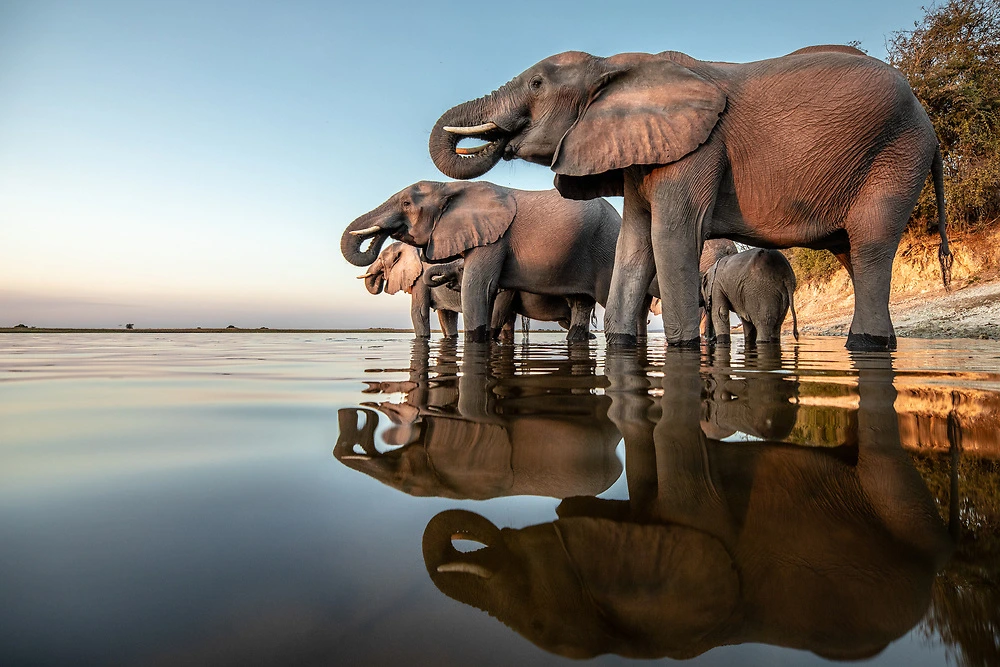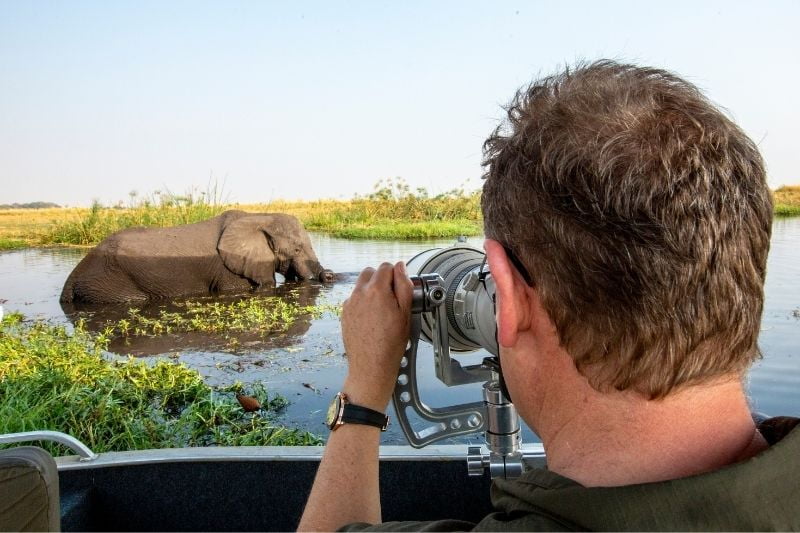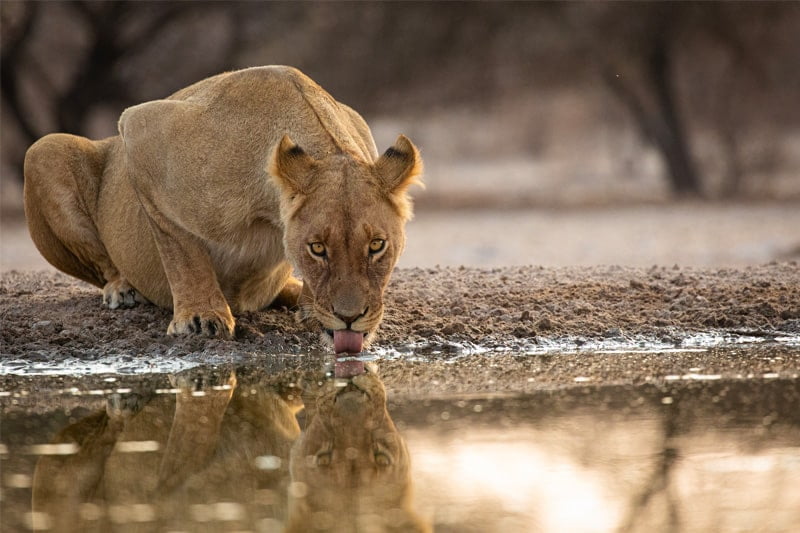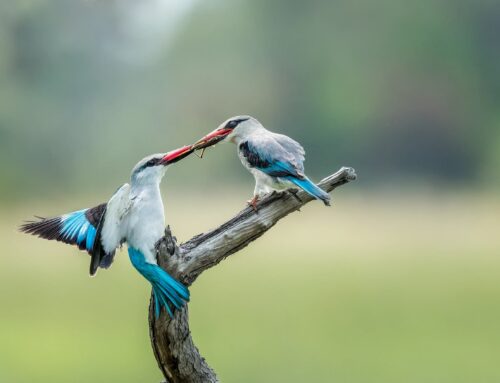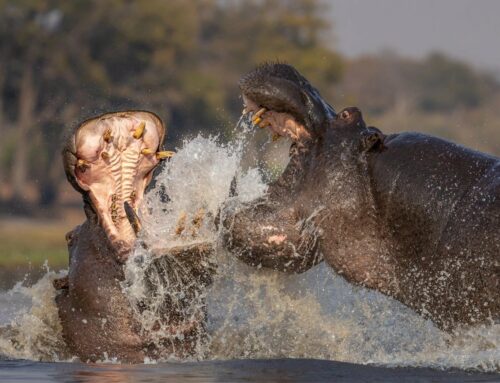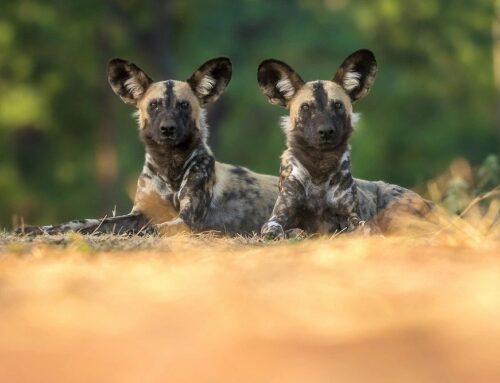Back Button Focus – All you need to know.
Table of Contents
- What is back button focus?
- How to set up back button focus?
- Back button focus is going to feel strange (at first)
- What is the main advantage of back button focus
- Back button focus and a moving subject?
- Manual focus override
- Overcome limited camera focal points
- Back button focus for wildlife photography
- Free wildlife photography courses
- Our safaris
Everyone who is getting into photography for the first time knows that the button on the top of the camera, by your right index finger, is the trigger button. That’s what you press gently to achieve focus and fully activate the shutter, lock focus and to take the picture. So why would you separate those roles from that one button? Why would pressing the shutter button only take the photo now and not set the focus?
Welcome to the wonderful world of Back Button Focus (aka BBF on social media) and custom controls and custom settings. In the video above and this blog, we will explain why we use back button focus. Also how to set up back button focus mode (for Nikon and Canon) in your custom settings menu. We will explain why back button focus will help you to focus and recompose even if the subject moves as it locks the focus on your subject.
To get your camera set up for back button focus you will need to go into your custom controls. Luckily we have produced two more videos that will take you through this process step by step. These are linked below and you can work through them to get set up.
Please bear in mind that not every camera model is able to set up back button focus in the custom settings so please visit the Canon, Sony, Nikon, Olympus or Fuji websites or your brand of choice for more info.
We have made two more videos showing the step-by-step back button focus set up for Canon and for Nikon cameras. We hope to produce the same videos soon for the other brands soon.
Changing what is probably the habit of a lifetime is always going to feel strange at the beginning. This is where you have to do some retraining of your muscle memory. One very big piece of advice that we always give our clients wanting to give BBF is the following.
Please make all the changes and practice enough with the new set-up before you travel to Botswana to see us. Often we run out of time before we depart on our safari and you may have only changed the settings and not used Back Button Focus in the field.
Even if you only get to spend an hour or two photographing birds in your garden or the local park this will do wonders for your muscle memory. Soon you will instinctively know that when you press the shutter button it will only activate the shutter. You will have retrained your brain and very few people who try BBF go back. It really is a game-changer and here is why.

Kingfisher shot using back button focus on a Nikon
The biggest advantage is the speed at which you can now recompose your image without having to toggle the focus point to the desired position. Once you have the AF point on the required place on your subject you release the dedicated AF on button and the focus remains even if you now recompose. The camera will no longer try continuous focus and as long as the animal stays the same distance from you there will be no need to change the focus on your camera.
Bearing in mind that in wildlife photography we tend to use AI servo (or similar) focusing modes on the camera’s autofocus system. Our subjects are mostly moving so consider the following scenario as an example.
Imagine you have a beautiful kingfisher on a branch looking to its left. You want to place the kingfisher on the right of the frame to allow space to follow the gaze of the bird for a more compelling composition. A simple but effective focus and recompose technique.
Without back button focusing you would toggle the select af joystick or ring to get the centre focus point over the eye of the kingfisher for a crisp engaging shot. This takes time and perhaps the bird is getting ready to fly. You may have to toggle several species to the right and then a few up at which time it could fly off.
With Back Button Focus, you would simply nail the focus of the bird right in the middle of its eye with the center focus point , release the AF on buttons and recompose before firing off a few shots. It really does take a fraction of the time it would take to toggle the autofocus.
This is also very important when there are distractions like leaves and branches around where the camera’s continuous focus mode is constantly searching for the subject to focus on. With back button focus you set the focus, release the button and it stays on the subject.
Photographing a static bird on a stick is all well and good when it comes to recomposing your image but what about a moving subject? Well as long as the subject is moving parallel to you – like a lion walking across a scene. You should be able to focus once and then recompose to place the lion in the frame wherever you please without having to refocus.

Wildlife photography using back button focus on a Canon
Another lesser know advantage is that should you be struggling to achieve focus on say continuous focus. With lots of branches and foliage near your subject, you can quickly override. All you need to do is adjust the manual focus ring on your lens to achieve the right focus. Then press the shutter release. Because you have detached af activation function from the shutter button the camera will not try to refocus when you press it. You don’t have to change your lens to Manual focus from AF either.
Most cameras these days vary in the number of focal points that they offer. You can decide how your focal point moved between them in the settings. With Back Button Focus you have so much more control over the exact composition that you want. The composition is not dictated by the number and availability of the focal points.
Again it will feel very strange at the start to separate the functions. Make sure that you practice before you your next extended photo safari. Once you have mastered Back Button Focus you won’t go back to traditional focusing methods. Enjoy!
Want to learn more? Discover our free wildlife photography courses here.
